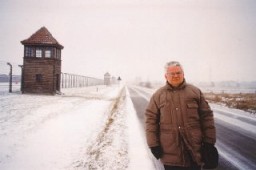You searched for: 充电桩盘仿源码【TG飞机:@bapingseo】基里巴斯谷歌优化【TG电报:@bapingseo】微商如何引流人脉【Telegram:@bapingseo】ag开奖网pg麻将胡了在线玩免费网页版?7uZPC0/c5CVIL.html
<< Previous | Displaying results 101-125 of 581 for "充电桩盘仿源码【TG飞机:@bapingseo】基里巴斯谷歌优化【TG电报:@bapingseo】微商如何引流人脉【Telegram:@bapingseo】ag开奖网pg麻将胡了在线玩免费网页版?7uZPC0/c5CVIL.html" | Next >>
-
Cyprus Detention Camps
ArticleIn 1946-48, the British government intercepted tens of thousands of Holocaust survivors seeking to reach Palestine and held them in detention camps on Cyprus.

-
Jewish Badge
Timeline EventSeptember 1, 1941. On this date, Reinhard Heydrich declared that all Jews aged 6 and over in the Third Reich must wear a yellow Star of David.
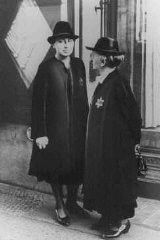
-
Abraham Bergman
ID CardAbraham was born to a Jewish family in Krasnik, a town in the Lublin district of Poland. The town had a large Jewish population. Abraham's father was a tailor. When Abraham was 2, his mother died and he was raised by his grandmother. At the age of 7, Abraham started public school. 1933-39: Abraham liked school but found it difficult. The Christian children often yelled at the Jews, "You killed our God." One year, on the day before Christmas break, some kids brought ropes tied to iron weights to school.…

-
Rifka Fass
ID CardRifka was the oldest of three children born to a Jewish family in the Polish town of Ulanow. Ulanow's Jewish community had many of its own organizations and maintained a large library. From the age of 3, Rifka attended a private religious school for girls where she learned Jewish history and Hebrew. At 7 she started public school. Rifka's father worked as a tailor. 1933-39: In 1935 Rifka's father went to America to find a job so his family could later join him. While waiting for immigration papers,…
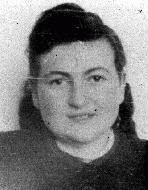
-
Leon Kusmirek
ID CardLeon was the oldest of two boys born to a Jewish family in Zgierz, a central Polish town in the heart of Poland's textile producing region. The family lived at 15 Konstantynowska Street. Leon's father worked at a textile factory. At age 7, Leon began attending public school in the morning and religious school in the afternoon. 1933-39: On Friday, September 1, 1939, Leon's mother had just returned from the market when the family saw German planes. On Sunday they flew over again, lower, panicking the city.…
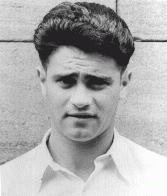
-
Moses Rechnitz
ID CardThe younger of two children, Moses was born to Jewish parents living in the southwestern Polish town of Bedzin. When he was 7, his family moved to the nearby city of Katowice where his father had a wholesale leather business. The Rechnitzes lived in a three-bedroom, upper-floor apartment on Jordana Street. Moses attended a Polish elementary school and also received religious instruction. 1933-39: In secondary school, Moses was one of the only Jewish pupils. He first encountered antisemitism when a teacher…
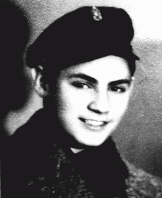
-
Refugees Today
ArticleAs of mid-2022, there were about 27 million refugees. Learn more about these refugees, the violence they face, and the global impact of the refugee crisis.

-
Theresienstadt: Key Dates
ArticleExplore key dates in the history of the Theresienstadt camp/ghetto, which served multiple purposes during its existence from 1941-45.
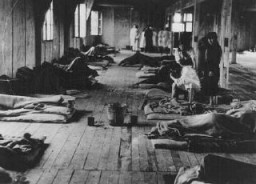
-
Adolf Hitler: 1930-1933
ArticleUnder Adolf Hitler's leadership, the Nazi regime was responsible for the mass murder of 6 million Jews and millions of other victims. Learn about Hitler in the years 1930-1933.
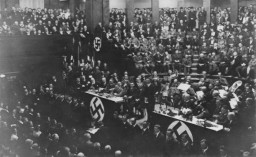
-
Julien Bryan
ArticleUS filmmaker and photographer Julien Bryan was one of the few western photographers left in Warsaw upon the German invasion of Poland in September 1939.
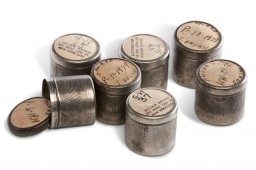
-
Blechhammer
ArticleThe Germans established the Blechhammer camp as a subcamp of Auschwitz in April 1941. Learn about the camp's history and conditions there.
-
Nazi Party Platform
ArticleThe Nazi Party Platform was a 25-point program for the creation of a Nazi state and society. Hitler presented it at the Hofbräuhaus Beerhall in Munich in February 1920.

-
Gleichschaltung: Coordinating the Nazi State
ArticleGleichschaltung is the German term applied to the Nazification of all aspects of German society following the Nazi rise to power in 1933.
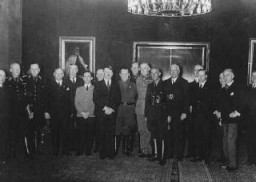
-
The Vélodrome d'Hiver (Vél d'Hiv) Roundup
ArticleThe Vélodrome d'Hiver (or Vél d'Hiv) roundup was the largest French deportation of Jews during the Holocaust. It took place in Paris on July 16–17, 1942.
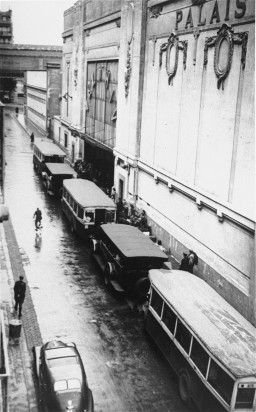
-
Joseph Gani: Maps
Media EssayBorn to a Jewish family in Preveza, Joseph Gani was endangered by the German occupation of Greece. In March 1944, the Nazis deported the Jews of Preveza to Auschwitz. Joseph was killed several months later, at the age of 18. These maps add geograp...
-
Moise Gani: Maps
Media EssayBorn to a Jewish family in Preveza, Moise Gani was endangered by the German occupation of Greece. In March 1944, the Nazis deported the Jews of Preveza to Auschwitz. Albert was killed several months later, at the ag...
-
Albert Gani: Maps
Media EssayBorn to a Jewish family in Preveza, Albert Gani was endangered by the German occupation of Greece. In March 1944, the Nazis deported the Jews of Preveza to Auschwitz. Albert was killed several months later, at the age...
-
German women perform labor service
PhotoA work corps of German women marches to the fields. Beginning in 1939, many thousands of German women between the ages of 17 and 25 worked on farms as part of a national labor service program. Germany, wartime.
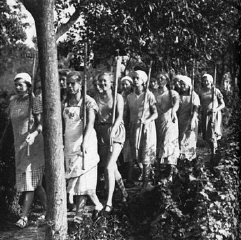
-
Studio portrait of Chava Leichter
PhotoStudio portrait of Chava Leichter, murdered in the Treblinka killing center in 1942 at the age of 25. Her brother Chaim emigrated to Palestine in 1937 on the boat Polania. He served in the British army in Libya during the war. This photograph was taken in 1939.
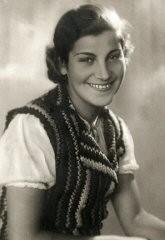
-
Photograph of Dawid Samoszul
PhotoClose-up street portrait of Dawid Samoszul, probably taken in Piotrkow Trybunalski, Poland, between 1936 and 1938. Dawid was killed in the Treblinka killing center at the age of 9.
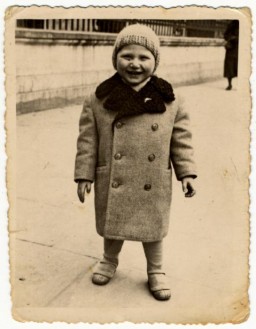
-
Amalie Petranka (later Salsitz)
PhotoAmalie Petranka (later Salsitz) at 22 years of age. She gave this photo to Norman Salsitz shortly after they met. Photograph taken in Stanislawow, Poland, on October 10, 1939.
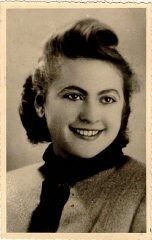
-
Irena Aronowicz
ArticleYoung people's diaries capture some of the most heartbreaking experiences of the Holocaust. Learn about the diary and experiences of Irena Aronowicz.
-
Jehuda Lejb Lubinski (Lolek Lubinski)
ArticleYoung people's diaries bear witness to some of the most heartbreaking experiences of the Holocaust. Learn about the diary and experiences of Lolek Lubinski
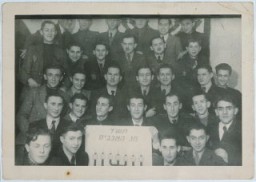
-
Rudolf Hess
ArticleBrief overview of the charges against Rudolf Hess, one of the leading German officials tried during the International Military Tribunal at Nuremberg.

-
Judging War Crimes Today
ArticleThomas Buergenthal's experiences as Holocaust survivor and international judge shape his unique perspective on judging war crimes today and justice after genocide.
